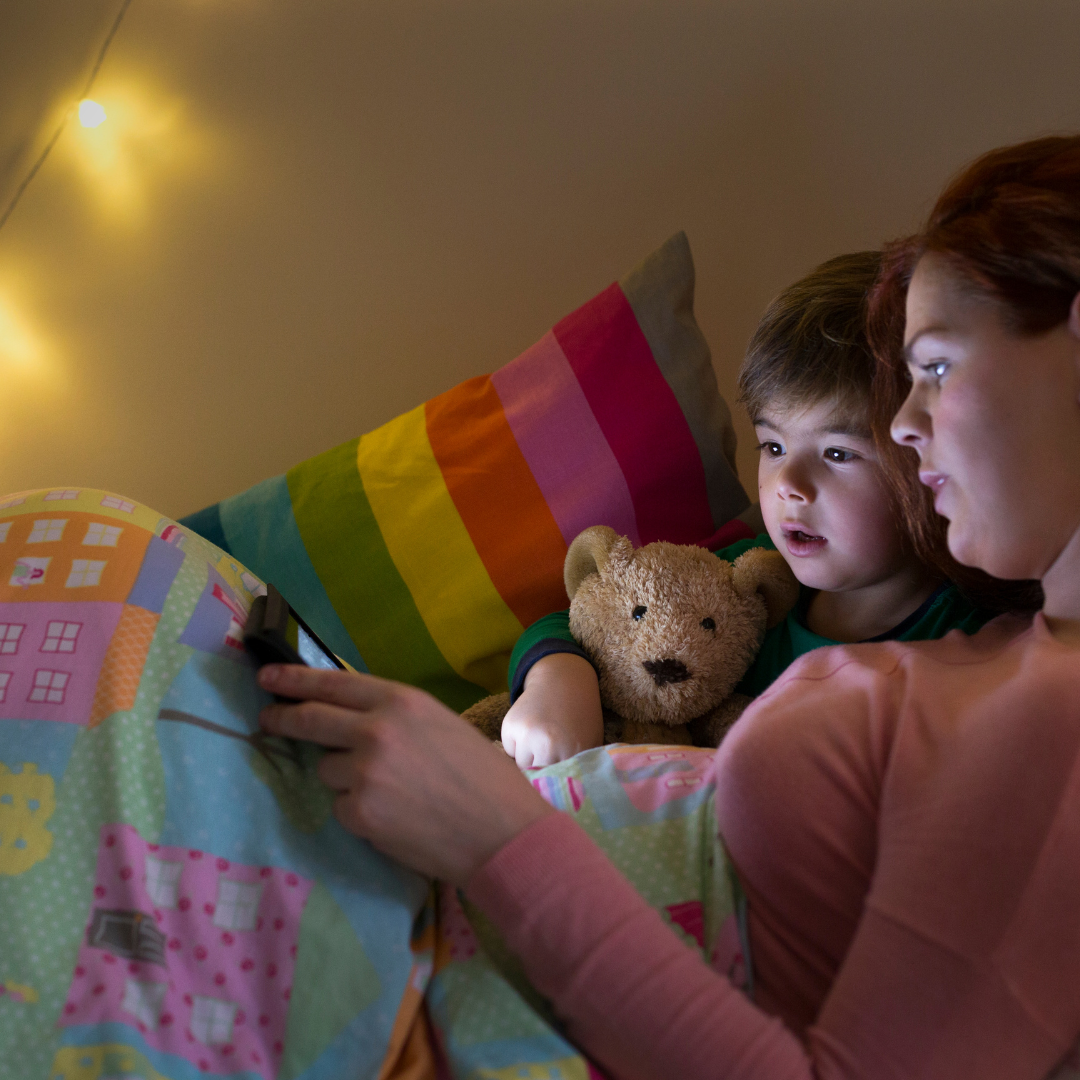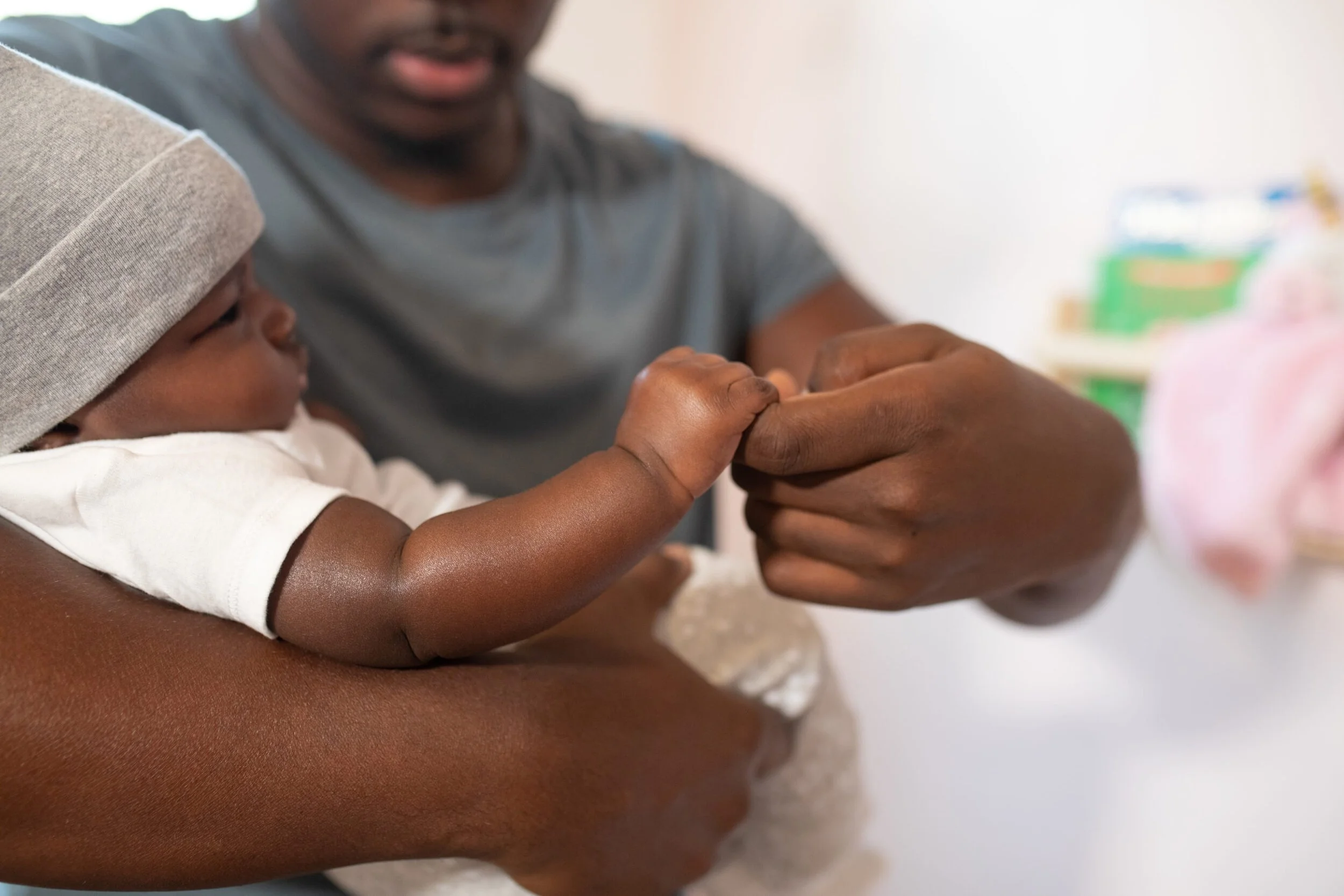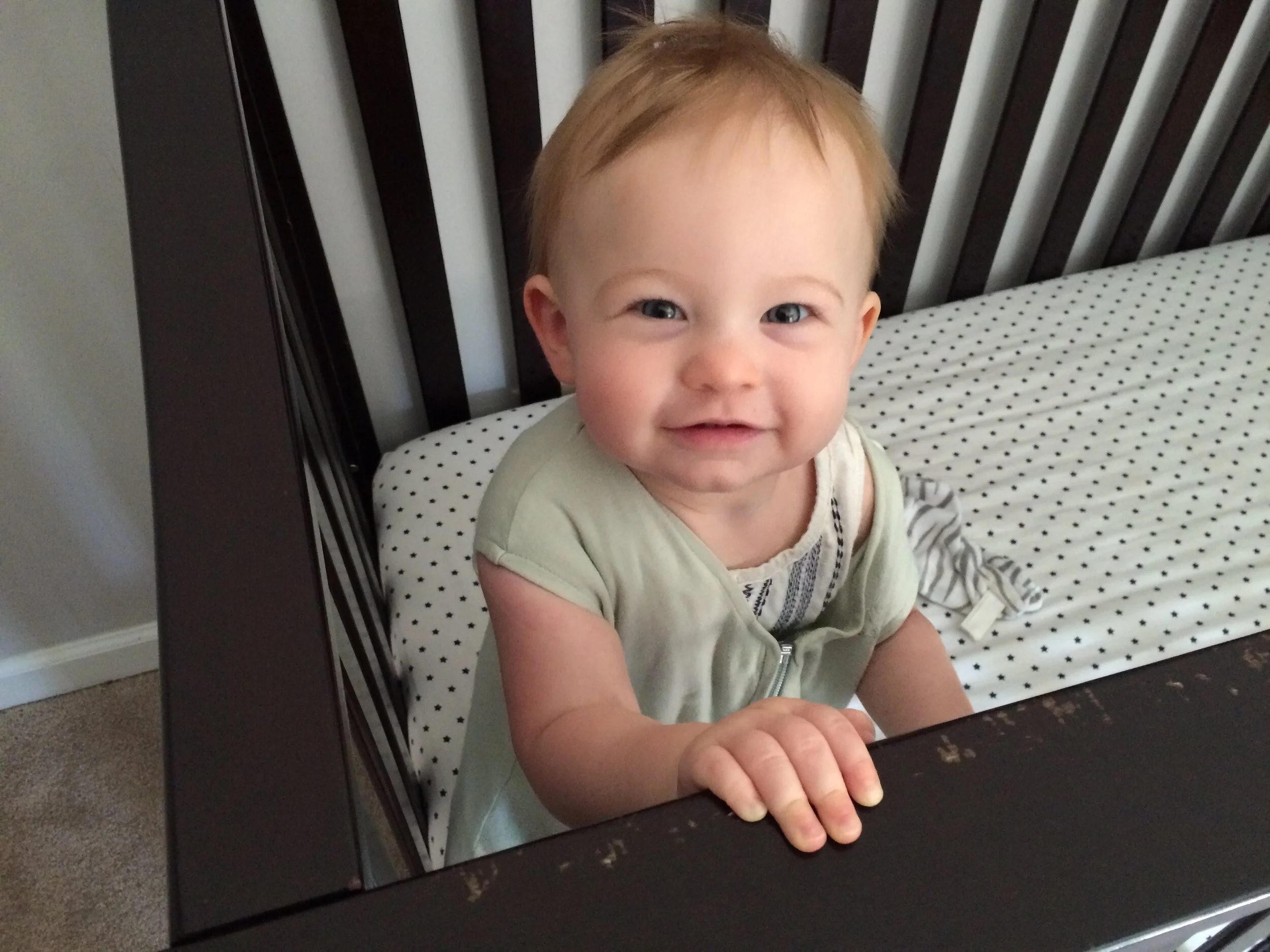BLOG
Looking for something in particular?
Search a keyword and hit ‘enter’!
Wondering how to get your twins to sleep through the night? Or how to get your twins to nap at the same time? Or maybe you are wondering how to get your twins on the same schedule? Little Dipper’s resident Twin Sleep Coach & Twin Mom is here to help with her top 5 tips for better twin sleep.
Little Dippers Helps You Make Sleep a Priority
Ensuring you and your children get to sleep during the hectic holiday season can be challenging, especially when you mix in extended families, parties, and general excitement. Our trained family sleep consultants have created The Stellar School with programs designed and researched to help children and families get the sleep they need.
Baby or kid got you up at the crack of dawn? Or BEFORE the crack of dawn? Early rising is one of the top problems we hear about at Little Dipper Sleep and is no doubt one of the biggest parenting woes in early childhood. Fortunately, there’s a fairly easy formula for getting your kid to sleep later. If you want your kiddo to sleep later and sleep longer: then keep on reading.
Is your 7-10 month old suddenly fighting sleep, skipping naps, or waking up in the night? If yes, the 8 month sleep regression is likely to blame. Keep on reading to learn what it is, why it happens, why it’s actually a progression, and how to minimize the sleep loss and stress so that your little sweetie (and YOU) get back to sleeping well ASAP.
Parents need honest and realistic conversations about melatonin. It’s everywhere these days, promoted as a cure for insomnia in adults and kids alike. But it isn’t a wonder-drug, it can’t teach a child to feel safe and secure in their beds, and it comes with risks. As parents, we need to know the whole story when making health decisions for our children.
Guest blog by Erin Hanehan, Certified Kids Yoga Instructor and Drama Teaching Artist here in Durham, NC. Erin shares about her bedtime storytime and the practice of mindfulness.
So, what causes jet lag and why does it make some of us feel so crummy? In a nutshell, the circadian rhythm (the internal process that regulates the sleep–wake cycle and repeats roughly every 24 hours) gets out of whack when you cross time zones quicker than your bodies can adapt. Your internal clock is out of synch with the cues of the new time zone. And since the circadian rhythm controls many other functions in the body, such as hormonal secretion, hunger, alertness, and urine excretion, sleep isn’t the only thing that suffers—you may generally feel rotten for a few days until you adjust to the new time zone. This is jet lag.
Spring forward is socially enforced jet lag. The clock time changes but our internal clock (circadian rhythm) does not, just like what happens with Eastward time zone travel. And this makes us feel crummy for a few days as our internal clock reprograms itself. Fortunately, with a little planning ahead, you can cruise through the time change with your littles (and you!) feeling just fine. Keep on reading for simple steps to cruise through the time change, well-rested.
White noise muffles the sound of your cat scratching underneath the door at 4:00AM or your labradoodle barking at the nice UPS driver. It can downsize the impact of a big sibling’s tantrum (How dare you turn off Paw Patrol?). And if you have the audacity to put away dishes during nap time, it’s got your back. Life is loud and white noise makes the sleep space a little less sonically chaotic amidst all the noise.
Let me begin by saying I am not a medical doctor…of any kind. I’m not even that seasoned of a parent. I am just a mom, standing in front of you, telling you that having a sick kid is H A R D! My son is 18 months old now. He got Hand, Foot & Mouth Disease about two weeks after starting daycare - a consequence of the oral nature of early childhood learning & how contagious most childhood illnesses are, not the rigorous safety standards at his school. Although I knew that children who attended school of any kind got sick (who hasn’t heard of the dreaded daycare germs?) I was completely shocked when my son spiked a fever.
I call BS on everyone who says there is one “right” way to approach baby sleep in your home. Cry it out, care it out, wait it out, or something in between might be the best path forward for you, depending on your unique family’s needs. But there’s a fundamental piece of the successful sleep puzzle that all of the sleep training methods (which are otherwise quite effective) leave out: YOU. You are the parent. You are the teacher. You are 50% of the baby + parent equation and your feelings matter.
Thinking about teaching your baby to sleep on their own? Or maybe you’ve been researching sleep training online and came across dizzying amounts of conflicting advice? Or maybe you stumbled into one of the vicious debates about sleep training, and want to know what the fuss is all about? Let us help you drill down into what sleep training is and isn’t, and how the Little Dipper approach is different from the masses.
Sleep patterns begin to mature around 3 to 4 months, and this change is permanent. Babies start sleeping in stages and cycles, just like adults. They’ll have a brief period of wakening after each sleep cycle, which is a hard-wired protective behavior designed to keep us humans safe.
So, where they may have slept soundly all night before (if you’ve been one of the lucky ones who probably isn’t reading this blog), or at least for 4 or 5 hour chunks, they now will begin cycling in and out of sleep, every hour or so, ALL NIGHT LONG. And here’s the big kicker: if they don’t know how to get back to sleep on their own, then each time they move from one sleep cycle to the next, they are going to need your help. This is the special nature of the 4 month sleep regression beast. Keep on reading for tips on how to manage this regression and sleep better!
It’s taken me a lot of years to realize that I can’t parent within a bubble. I can’t control all of the variables. Not storms. Not power outages. Not school closures. Not sick babies. Circumstances arise that throw our plans and our paths off course. Bedtimes get disrupted, tantrums mess up lovely outtings, babies skip naps, and kiddos puke right before you’re supposed to leave for vacation. Life is messy and unpredictable. Parenting is hard AF. But if we can let go of our rigid scheming, and relentless planning, it gives us the freedom to enjoy the snow day or the candlelit bedtime with our children.
Traveling with kids around the holidays isn't for the faint of heart. We don't go on "vacations" with our kids, we relocate to Grandma's for a week (or maybe the beach). If you’re like me, you definitely don’t want to miss all of the fun. But if you also don’t want to end up with the tantruming turkey at your holiday gathering, you’ll want to check out these 6 Pro Tips for holiday survival.
When we offer our full presence and give our children our mindful attention, their security buckets and sense of worthiness flourish. In this article, we share four fun and easy baby mindfulness activities to promote balance and connection. You can try them with your toddlers and bigger kids too. Remember: when security buckets are full, sleep is easier!
It’s well established that fresh air and exercise are important for overall well-being. But did you know they’re also a crucial part of ensuring a good night’s sleep? The whole family, even babies, will benefit from well timed outings and fresh air.
Have you ever wondered how to foster an actual love of sleep and the sleep space in your child? Over the years, 9 and counting to be exact, I’ve tried what feels like a thousand activities to help cultivate this love (some more successful than others). I LOVE sleep, and dream about sharing this great love with my children. While no parent has the ability to force the love of sleep, or anything else for that matter, upon their child, here’s one thing that I know is true: spending lots of positive playtime together in the bedroom and in the crib/bed will help your child feel more comfortable and secure when it’s time to turn out the lights.
Keep reading to learn more about fostering love (or at least acceptance) of the sleep space in your child, and my kids’ top 3 crib games...and how to recreate the fun with yours.
Implementing the 3 C’s of the bedtime routine will ensure that your baby drifts off to sleep feeling calm, connected, and ready for restorative sleep.
Just like a little bear cub, your kiddo will sleep best in a cozy cave. Creating a cozy “baby cave” can do wonders for your family’s sleep - both overnight and during naps. Follow these tips to ensure your child’s sleep environment is optimal: cool, dark, and quiet (plus white noise) is the ideal.
When it comes to baby sleep, finding the right timing is paramount. When babies get the proper amount of daytime sleep, at age-appropriate intervals, and bedtime is on target, falling asleep and staying asleep becomes a more peaceful endeavor. Read on to find the right timing for your baby’s stellar sleep.
Follow these 10 tips to improve your baby’s sleep NOW, while also laying the foundation for a lifetime of healthy sleep.
























Wondering how to prepare for Fall Back? Follow our 3 steps to shift your baby or child’s schedule later. Let’s prevent that early rising that comes with the end of Daylight Saving Time and move into the holidays well-rested!